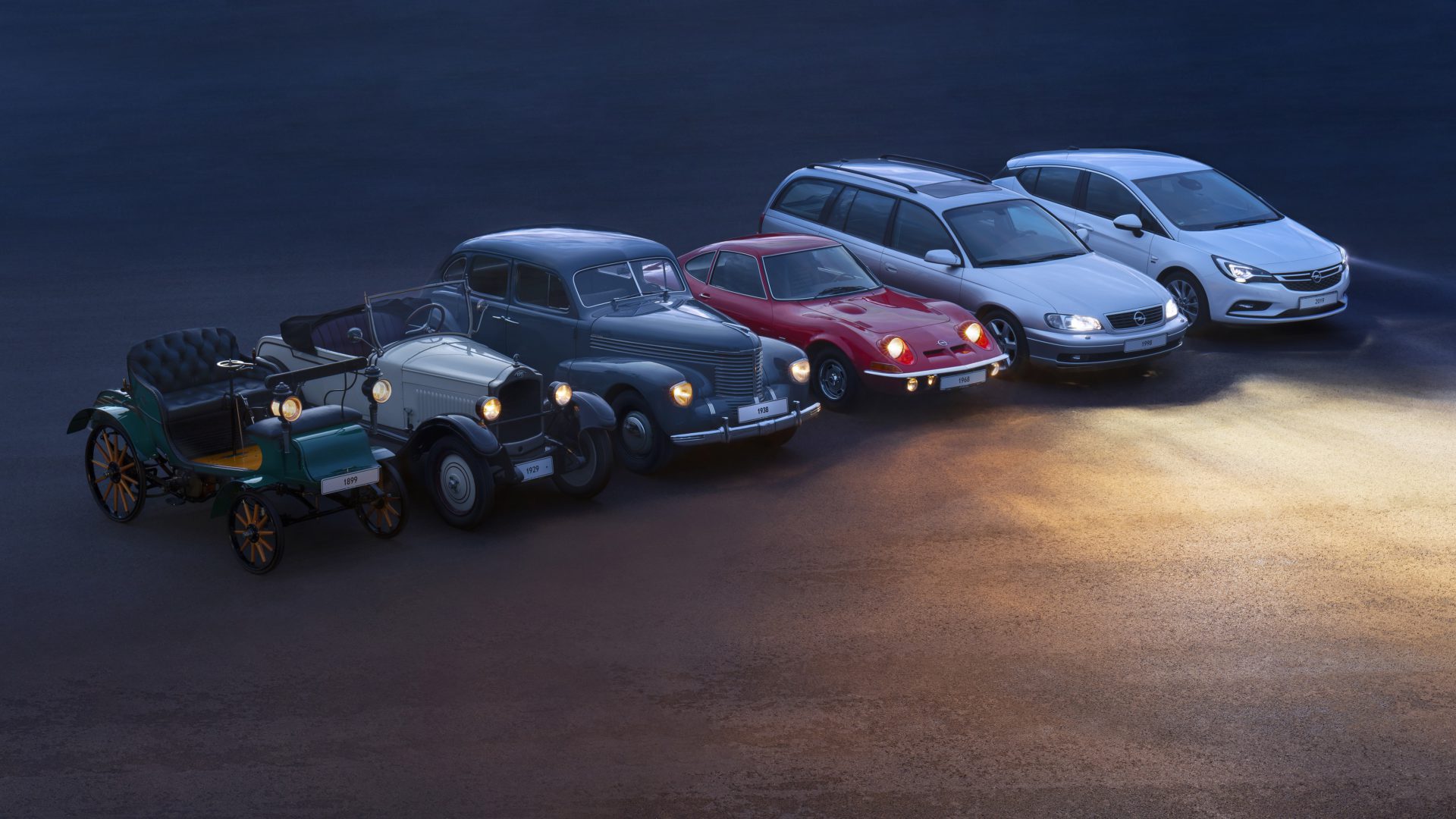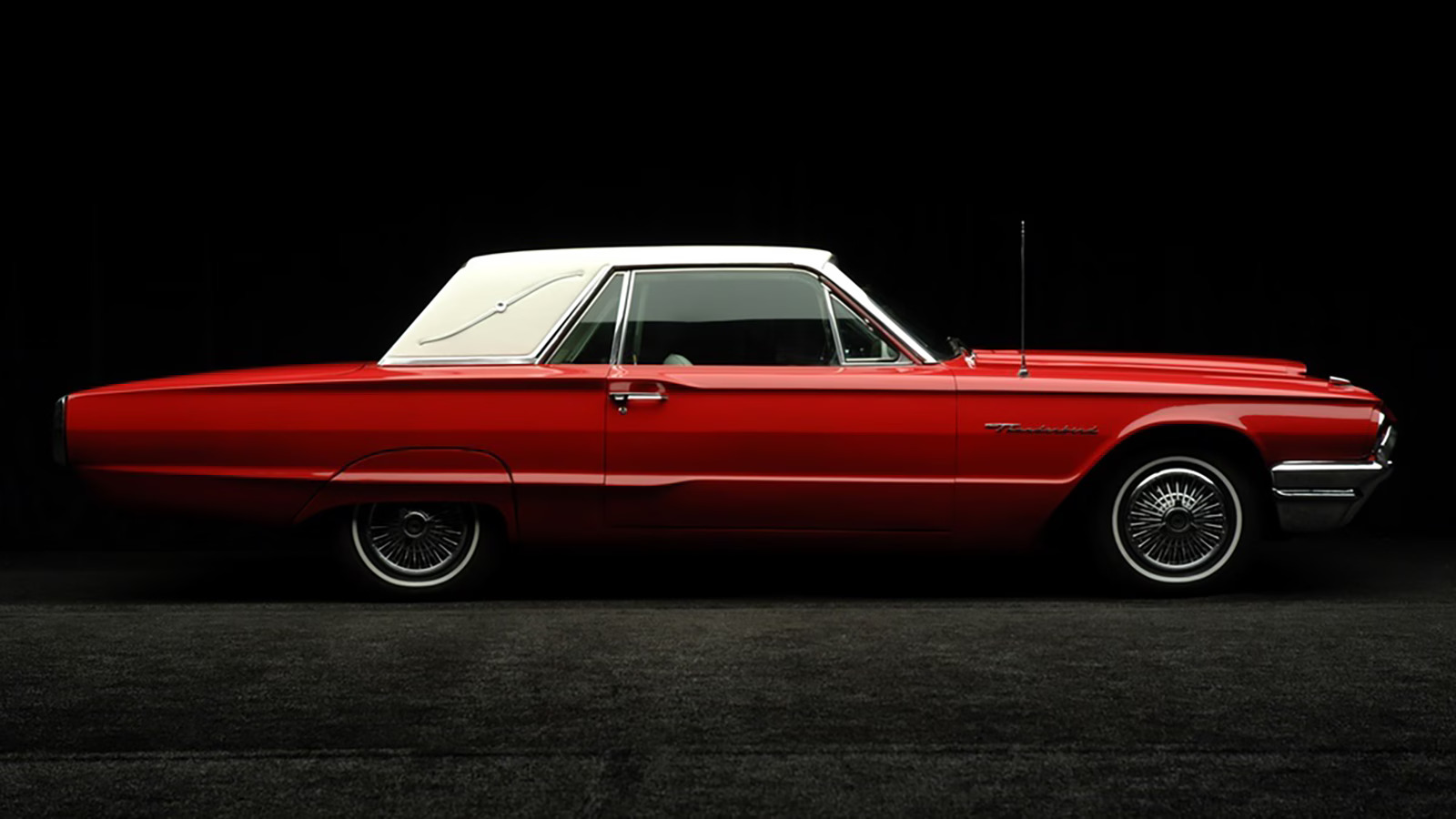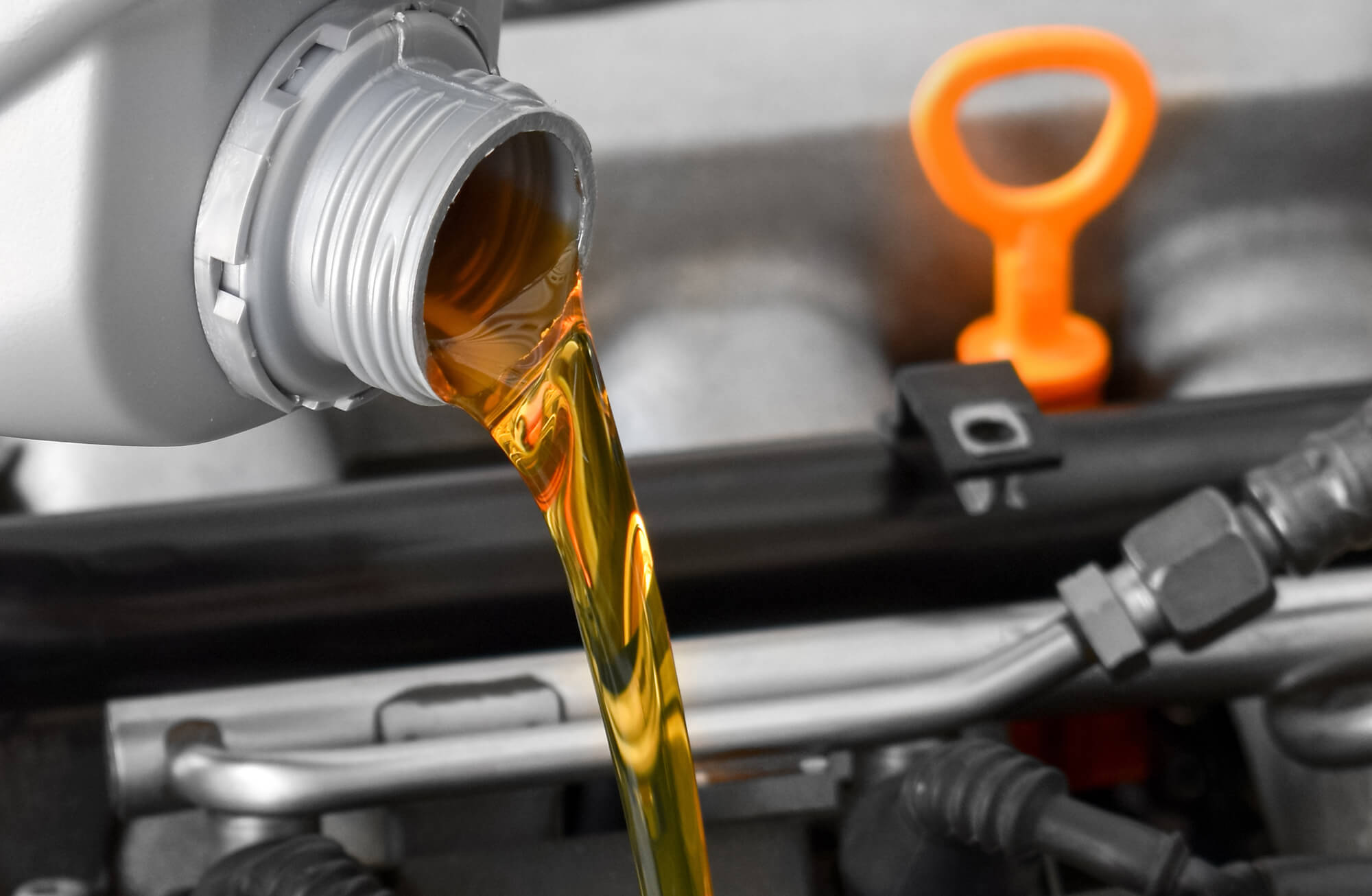On a chilly November evening in 1896, a peculiar sight caught the attention of London pedestrians. A horseless carriage, one of the first automobiles in the city, crept along the cobblestone streets. But it wasn’t the absence of a horse that drew gasps from onlookers—it was the eerie glow emanating from the vehicle’s front. The Daimler Motor Carriage, driven by Frederick Simms, sported acetylene lamps, marking one of the earliest recorded uses of automotive illumination. These primitive lamps, with their flickering flames encased in glass, were a far cry from the sophisticated LED and laser lighting systems adorning modern vehicles.
The journey from those rudimentary flame-based lamps to today’s advanced lighting technologies is a fascinating tale of innovation, safety improvements, and artistic design. This article will delve into the fascinating history of automotive lighting, tracing its evolution from its humble beginnings to its modern-day marvels.
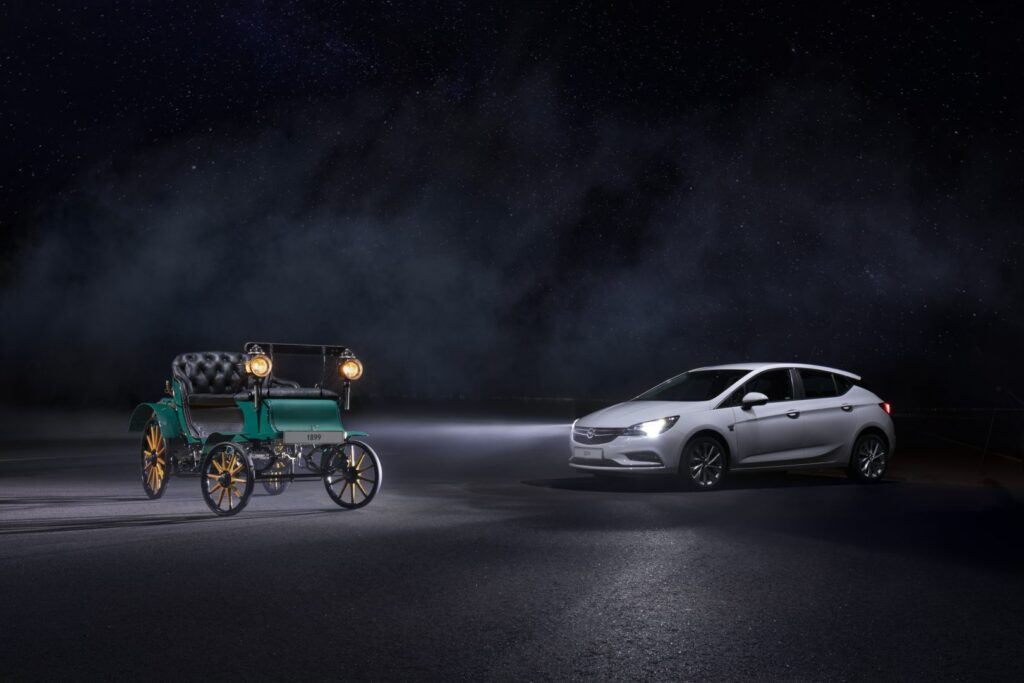
Early Automotive Lighting
Gas Lamps
Gas lamps were among the earliest forms of automotive lighting. They were simple devices that used a gas-burning flame to produce light. While they were a significant improvement over candles or torches, gas lamps had several limitations. They were often unreliable, prone to soot and smoke, and required constant maintenance to ensure proper operation.
Innovations in gas lamp technology helped to address some of these issues. Improvements in lamp design, the development of better gas storage systems, and the introduction of more efficient burners led to increased reliability and brightness. However, gas lamps ultimately gave way to other lighting technologies that offered superior performance and safety.
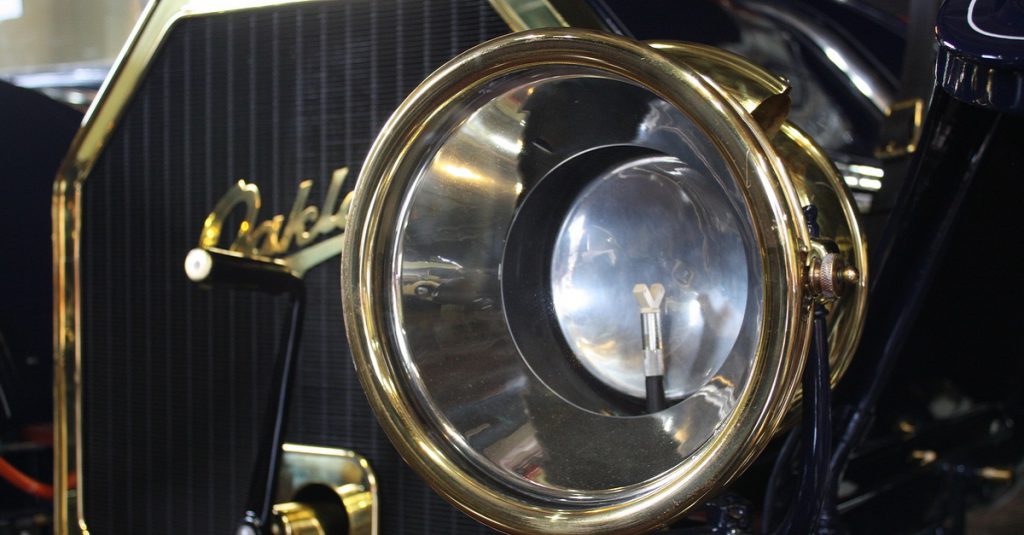
Oil Lamps
Oil lamps were another early option for automotive lighting. They used a wick to draw oil into a flame, producing a relatively bright light. While oil lamps were more convenient and easier to use than gas lamps, they still had significant drawbacks. They were prone to soot, smoke, and fire hazards, and their light output was often limited.
Safety concerns surrounding oil lamps led to the development of regulations and standards to minimize the risk of accidents. These regulations often included requirements for lamp placement, construction, and the use of safety features such as protective shields. Despite these efforts, oil lamps remained a relatively short-lived solution for automotive lighting.
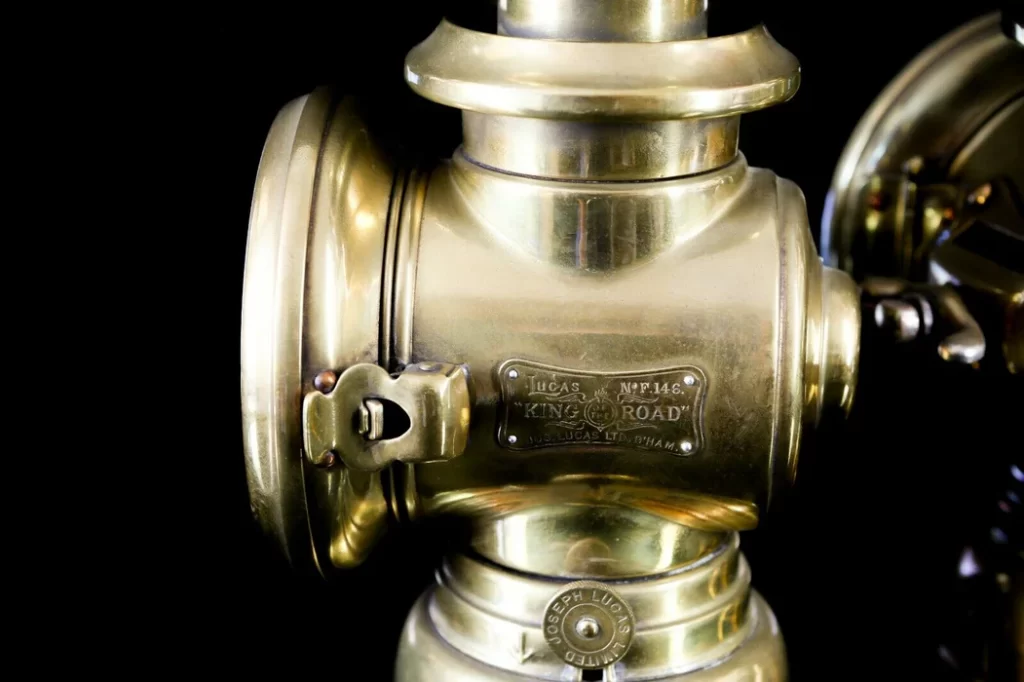
Acetylene Lamps
Acetylene lamps became a popular choice for early automobiles and were widely used throughout the late 19th and early 20th centuries. They were particularly effective for nighttime driving, providing a significant improvement in visibility compared to earlier lighting technologies. Such lamps were eventually superseded by electric lighting, which offered even greater efficiency and safety.
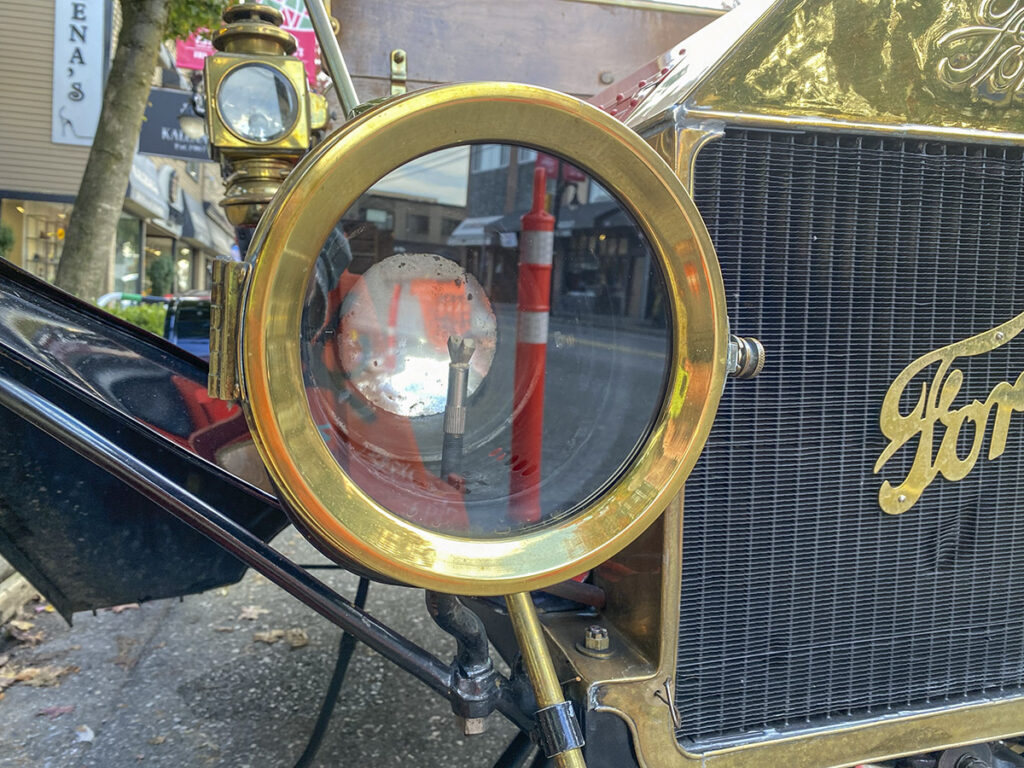
The Advent of Electric Lighting
Incandescent Bulbs
The introduction of electric automotive illumination marked a significant turning point in the history of automotive lighting. Incandescent bulbs, which used a heated filament to produce light, were among the earliest electric lighting technologies adopted for vehicles. They offered several advantages over gas, oil, and acetylene lamps, including greater brightness, longer lifespan, and reduced fire hazards.
Nevertheless, early incandescent bulbs were not without their hurdles. They were relatively inefficient, converting a significant amount of energy into heat rather than light. Additionally, the filaments in these bulbs were fragile and could break easily, leading to frequent replacements.
Tungsten Filament Bulbs
To address the limitations of early incandescent bulbs, engineers developed tungsten filament bulbs. Tungsten filaments were more durable and could operate at higher temperatures, resulting in increased efficiency and brightness. Tungsten filament bulbs quickly became the standard for automotive lighting and remained in widespread use for many years.
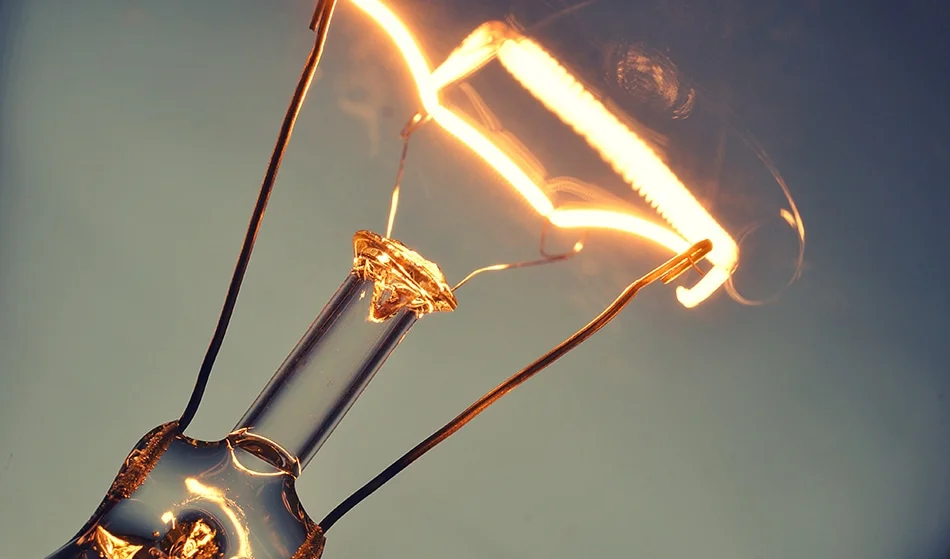
Headlight Beam Patterns
As automotive lighting technology evolved, so too did the design of headlight beams. Early headlights often produced a wide, diffuse beam that could be blinding to oncoming drivers. To improve safety, engineers developed more focused and controlled beam patterns. These patterns, such as low and high beams, helped to direct light where it was needed while minimizing glare.
The development of headlight beam patterns was accompanied by the introduction of safety regulations and standards. These regulations specified the allowable beam patterns, aiming to ensure that headlights were designed to provide adequate illumination without causing undue glare to other drivers. Over time, headlight beam patterns have continued to evolve, with advancements in technology leading to more sophisticated and efficient designs.
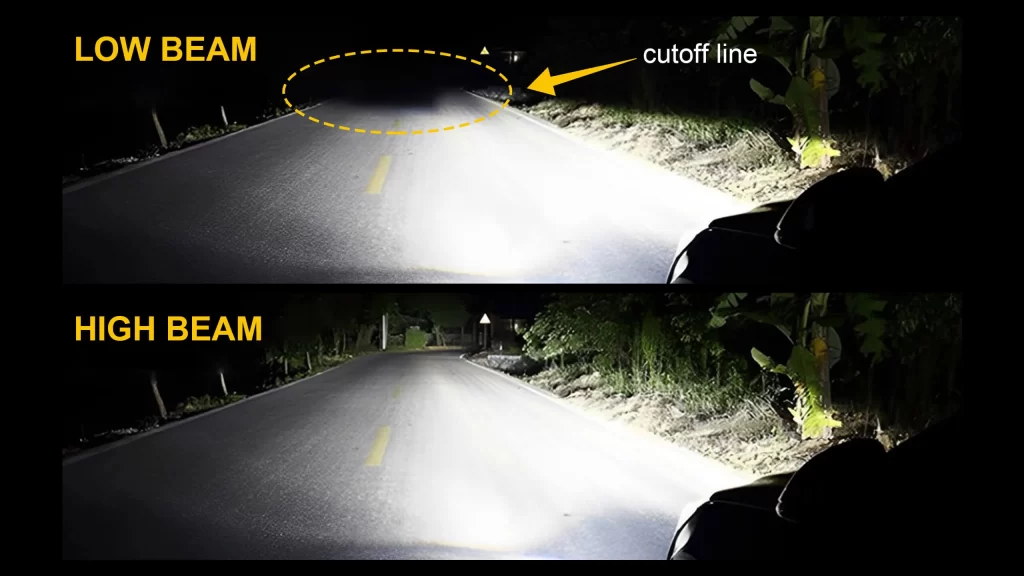
Modern Automotive Lighting Technologies
Halogen Bulbs
Halogen bulbs, a refinement of incandescent bulbs, introduced a halogen gas into the bulb’s envelope. This gas helped to slow down the evaporation of the filament, extending its lifespan and increasing the bulb’s brightness. Halogen bulbs became a popular choice for automotive lighting due to their improved performance and affordability.
HID (High-Intensity Discharge) Lamps
HID lamps, which you may know as xenon lamps, use a high-voltage electric arc to excite a gas mixture, producing a bright, bluish-white light. They offer significantly higher light output and energy efficiency compared to halogen bulbs. They are often used in headlights and fog lights, particularly on high-end vehicles and sports cars.
HID automotive illumination has some limits. They require a complex ballast to operate, and they can take several seconds to reach full brightness. Additionally, the blue-white light emitted by HID lamps can be more difficult for some people to see in certain conditions.

LED (Light-Emitting Diode) Lighting
LED automotive illumination has revolutionized the industry with its energy efficiency, long lifespan, and versatility. The bulbs are composed of multiple small light-emitting diodes that can be arranged in various configurations to create different beam patterns and lighting effects.
These lights consume less power while producing the same amount of light. They also have a much longer lifespan, lasting thousands of hours compared to hundreds of hours for traditional bulbs. LED lighting can be used in headlights, taillights, turn signals, and interior lighting, offering a wide range of applications.
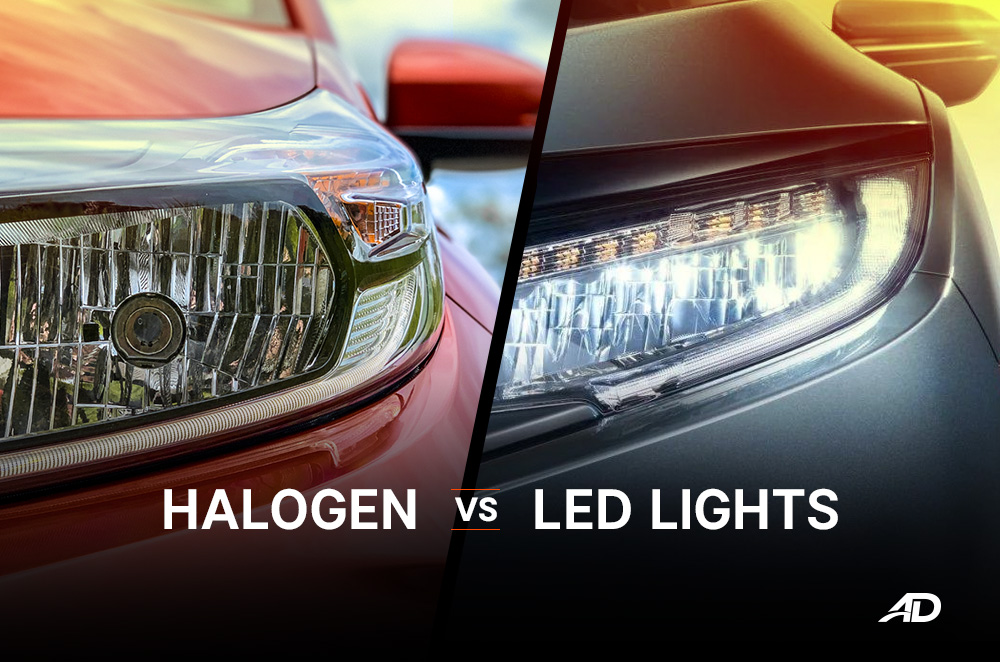
Laser Headlights
Laser headlights represent a relatively new technology with the potential to significantly enhance automotive lighting performance. These highly focused beams can be directed with precision, enabling advanced features like adaptive high beams and laser-based fog lights. Among the advantages they offer are increased brightness, improved visibility, and the capability to create more complex light patterns. Despite their promise, laser headlights are still under development and face challenges such as high costs, regulatory hurdles, and concerns about potential eye safety.
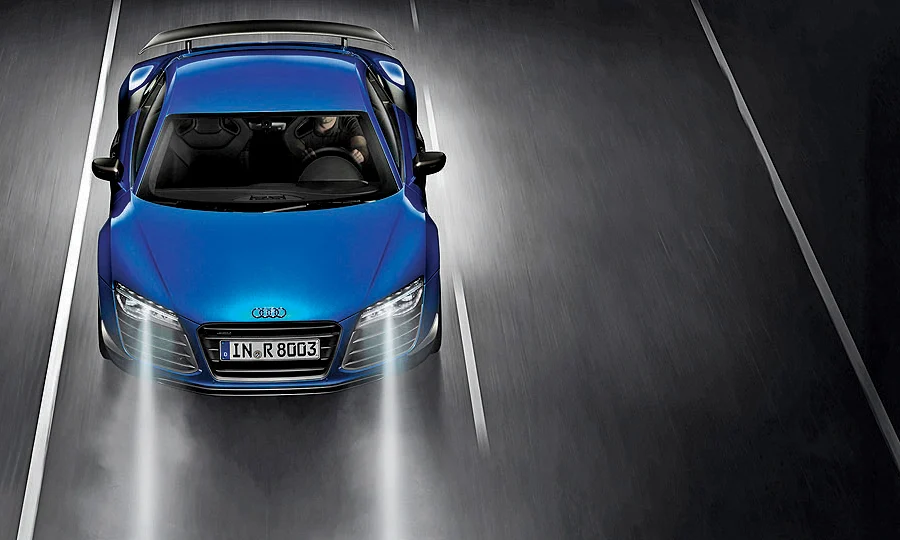
Conclusion
The history of automotive illumination is a testament to human ingenuity and technological progress. From the early days of gas and oil lamps to the modern era of LED and laser headlights, automotive lighting has undergone a remarkable transformation.
The advancements in automotive lighting have had a profound impact on driving safety and convenience. Improved visibility at night has reduced the risk of accidents, while the development of more sophisticated lighting systems has enhanced the overall driving experience. The ability to adapt headlights to different road conditions and weather has further improved safety and comfort.
Looking ahead, the future of automotive lighting is filled with promise. As technology continues to evolve, we can expect to see even more innovative and efficient lighting solutions. Adaptive lighting systems that can automatically adjust to changing conditions, intelligent headlight control, and the integration of lighting with other vehicle systems are just a few of the possibilities.
